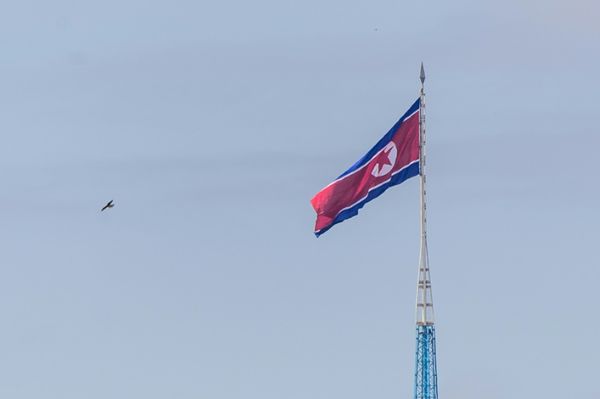
EDITORS/NEWS DIRECTORS:
A federal court on Tuesday cleared the way for OxyContin maker Purdue Pharma's proposed settlement with state and local governments across the U.S. and other entities to be finalized.
It's among the largest and most high-profile settlements of its kind, but it's far from the only one.
State and local governments are figuring out how they’re going to use money from opioid settlements with drugmakers, distribution companies and, in some cases, pharmacies.
The settlements were designed to avoid some of the pitfalls of the big national deals between states and tobacco companies in the 1990s, which saw spending go to government priorities that had nothing to do with the direct damage inflicted by tobacco.
But advocates still worry about the details of how the opioid money will be spent and who gets the power in deciding.
___
READ AP'S LATEST COVERAGE
Ruling clears way for Purdue Pharma to settle opioid claims, protect Sacklers from lawsuits
___
LOOK AT SETTLEMENT ALLOCATIONS FOR YOUR STATE
— The Associated Press tracker has state allocations in settlements announced through September 2022.
— Christine Minhee, founder of Opioid Settlement Tracker, maintains data on how much states are receiving from key agreements, how they are splitting it between state and local governments and their transparency policies around the settlements. Click on Global Settlement Tracker and scroll down to view more information on states' opioid settlement statuses.
___
VIEW YOUR STATE'S OVERDOSE NUMBERS
— The U.S. Centers for Disease Control and Prevention have a dashboard on the number of overdose deaths. To see the data by drug, use the dropdown menu under “Options” to select “12 Month-ending Provisional Number of Drug Overdose Deaths by Drug or Drug Class.” And to see data for your state only, select it under “Select jurisdiction.”
___
CONSIDER THESE QUESTIONS AND REPORTING TIPS
— How far can the money go to change the course of the overdose and addiction crisis?
— How will your state’s share of settlement dollars be divided between state and local governments?
— How much will lawyers receive?
— What is the state’s process for prioritizing spending, and who gets the final say?
— Who are members of any committees that make decisions or recommendations on how to use the money? Do they include service providers? People in recovery? Relatives of victims? Law enforcement interests?
— Do local governments in the area have processes established for using their shares?
— Have state or local governments in your area made public recommendations or spending plans? If so, are they connected closely with the overdose crisis? Is further explanation needed?
— Many communities have opioid advocacy groups, often founded by people in recovery or family members of people who have overdosed. These groups can be good resources for connecting with people impacted by opioids. They’re also likely to have people who can speak about their views on settlement money decisions.
___
VIEW ADDITIONAL RESOURCES
— Settlement documents for the nationwide settlements involving Johnson & Johnson, AmerisourceBergen, Cardinal Health and McKesson as maintained by lawyers for the plaintiffs. In the “Additional Documents for Certain States” column, there are explanations of how money is to be divided between state and local governments.
— Court filings on the complex proposed nationwide settlement with Purdue Pharma.
___
READ AP'S PREVIOUS COVERAGE
Previous Associated Press articles about opioids and litigation.







